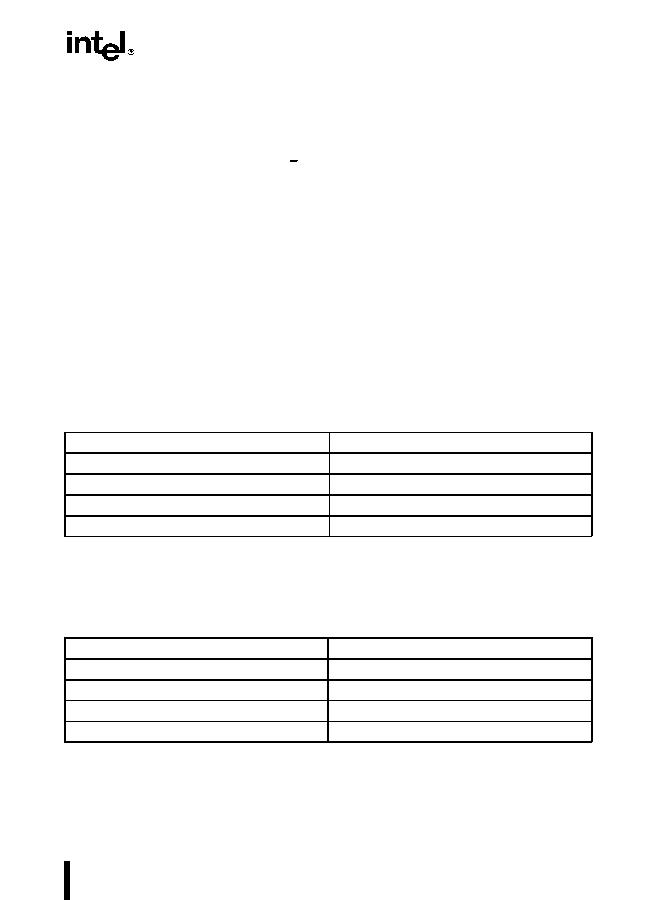7-19
FLOATING-POINT UNIT
For example, the following value (a) has a 24-bit fraction. The least-significant bit of this frac-
tion (the underlined bit) cannot be encoded exactly in the single-real format (which has only a
23-bit fraction):
(a) 1.0001 0000 1000 0011 1001 0111
E
2
101
To round this result (a), the FPU first selects two representable fractions b and c that most
closely bracket a in value (b < a < c).
(b) 1.0001 0000 1000 0011 1001 011E
2
101
(c) 1.0001 0000 1000 0011 1001 100E
2
101
The FPU then sets the result to b or to c according to the rounding mode selected in the RC field.
Rounding introduces an error in a result that is less than one unit in the last place to which the
result is rounded.
The rounded result is called the inexact result. When the FPU produces an inexact result, the
floating-point precision (inexact) flag (PE) is set in the FPU status word.
When the overflow exception is masked and the infinitely precise result is between the largest
positive finite value allowed in a particular format and
+?
, the FPU rounds the result as shown
in Table 7-6.
When the overflow exception is masked and the infinitely precise result is between the largest
negative finite value allowed in a particular format and
??
, the FPU rounds the result as shown
in Table 7-7.
The rounding modes have no effect on comparison operations, operations that produce exact
results, or operations that produce NaN results.
Table 7-6. Rounding of Positive Numbers with Masked Overflow
Rounding Mode
Result
Rounding to nearest (even)
+
?
Rounding toward zero (Truncate)
Maximum, positive finite value
Rounding up (toward
+?
)
+
?
Rounding down) (toward
??
)
Maximum, positive finite value
Table 7-7. Rounding of Negative Numbers with Masked Overflow
Rounding Mode
Result
Rounding to nearest (even)
??
Rounding toward zero (Truncate)
Maximum, negative finite value
Rounding up (toward
+?
)
Maximum, negative finite value
Rounding down) (toward
??
)
??

